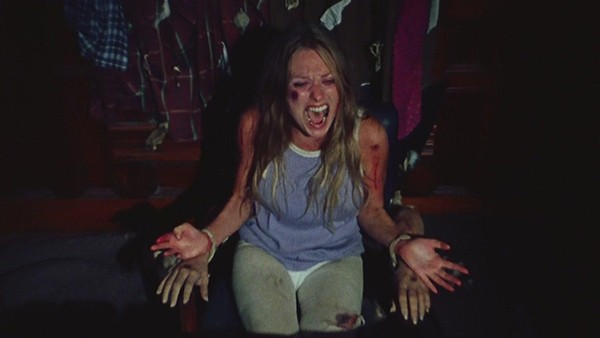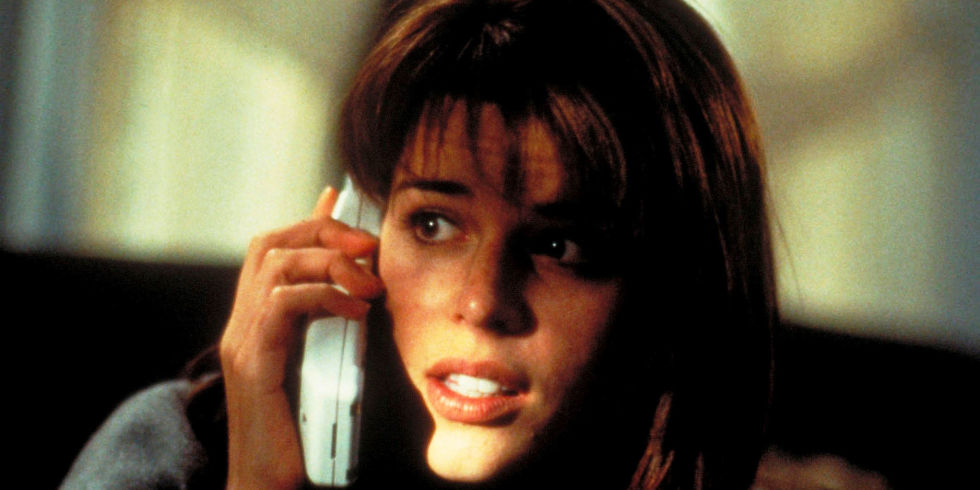Posted by Sarah Stevenson on 23rd Jun 2019
The Final Girl: Outdated Trope or Empowering Image in Horror?
In a particularly interesting film studies class this semester, we have covered the topic of The Final Girl trope that appears in the 70s and 80s, especially in slasher films. Battling against monsters, murderers, and the patriarchal order around her, The Final Girl is a beacon of hope as she escapes said threats. She often takes on typically masculine attributes or affects such as courage and violence to survive. I can`t help but wonder though if these masculine traits place The Final Girl in the same category as her masculine aggressors, or if they still maintain a positive perspective on femininity surviving a patriarchal society. Here are some empowering yet interesting examples of The Final Girl that debate this question. WARNING: Spoilers

Tobe Hooper`s 1974 The Texas Chainsaw Massacre utilizes Sally as the only survivor of her party. After her boyfriend, brother, friend and friend`s boyfriend are brutally murdered by gender ambiguous Leatherface, Sally endures torture for half the movie. On a metaphorical level, Leatherface and his family possibly punish Sally as a payment for her sexual activities outside of marriage. At a moment of distraction, Sally escapes by jumping through a window in a courageous effort. Her tenacity guarantees survival in comparison to the other, "weaker" characters. During a deep time of transition from the hippie movement of the 60`s and 70`s and the upcoming, conservative Reagan area, this film definitely plays both sides of liberation and pious values.

John Carpenter`s 1978 slasher classic Halloween follows Laurie Strode`s escape from stalker and murderer Michael Myers. Michael has escaped a sanitarium and returned to his hometown to stalk and murder teenage babysitters on Halloween. Virginal Laurie Strode escapes most of the carnage, but her not so virginal counterparts often die at the hands of the murderer. Laurie comes into final contact with Michael and stabs him with numerous objects, including his own knife, to survive.

Wes Craven`s 1996 classic Scream details Sidney Prescott`s fight for her life as a mysterious figure kills classmates in her small town. Sidney`s suspicions go towards the closest male figures in her life: father and boyfriend. After having sex with her boyfriend Billy, the murderer seemingly murders her male lover. Later, Billy and his accomplice Stu reveal themselves to Sidney as the killers, and they plan Sidney`s demise. Other female protagonist, Gale, reaches the trio, and Sidney takes advantage of the moment, shooting both Stu and Billy point blank. Sidney saves the day, and Gale reports the tragic events of the evening.
So, whether The Final Girl survives out of utilizing the patriarchal violence around her or she simply transforms masculine mediums to showcase the effects of violence, this set of specific character traits and performances definitely keeps audiences rooting for the heroine. Fighting off the men that oppress her, The Final Girl gives women a chance to become victor in a world where violence against women is common and justice is unjust. With positive female movements such as #MeToo happening in modern day, only time will tell if this trope will endure or transform into a more empowering image.


